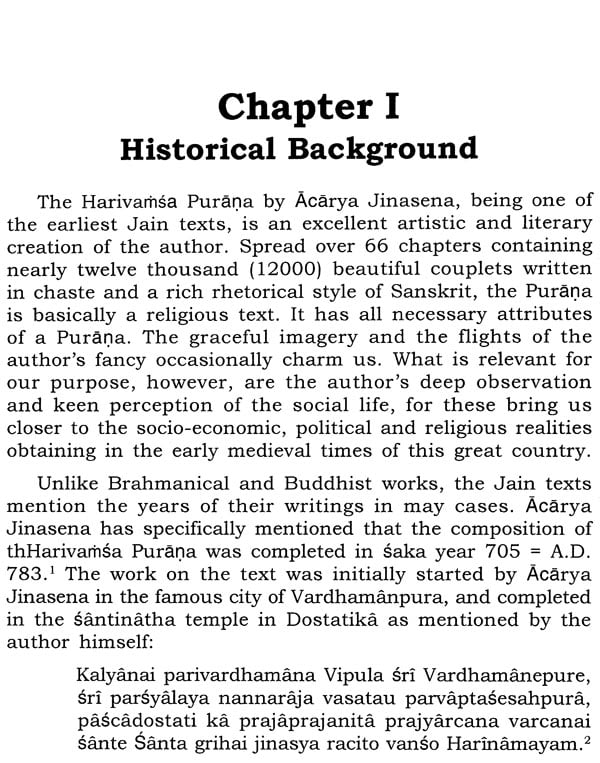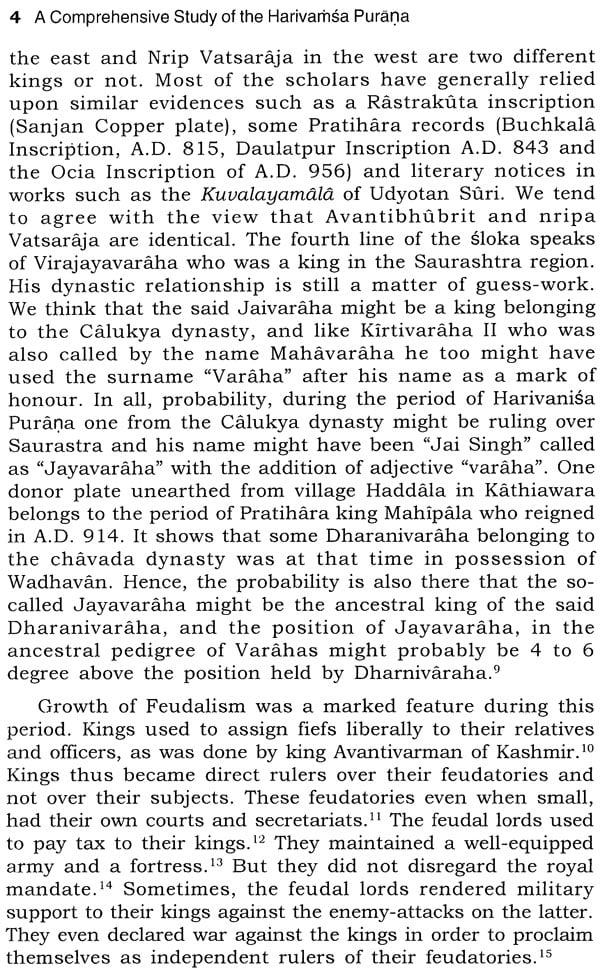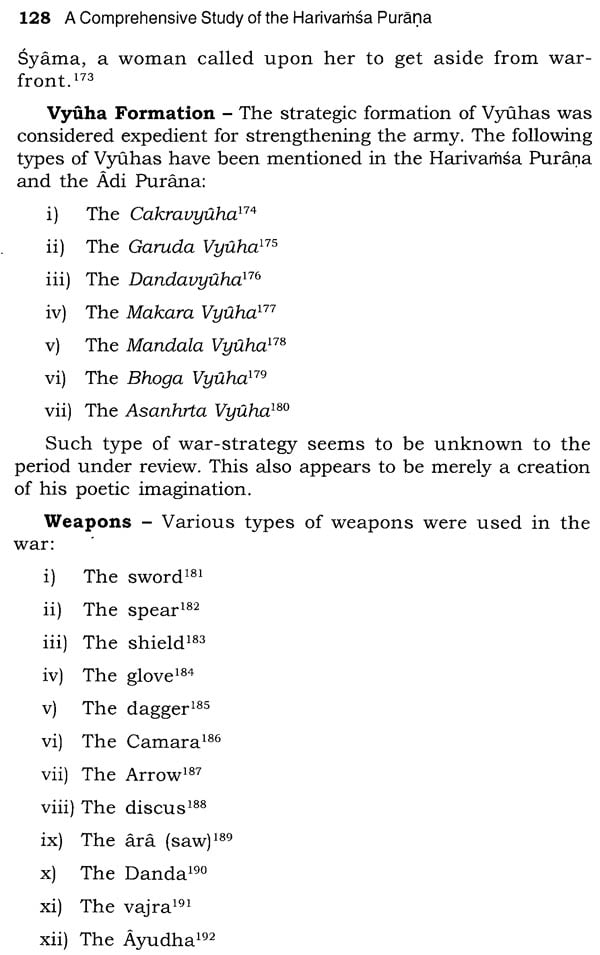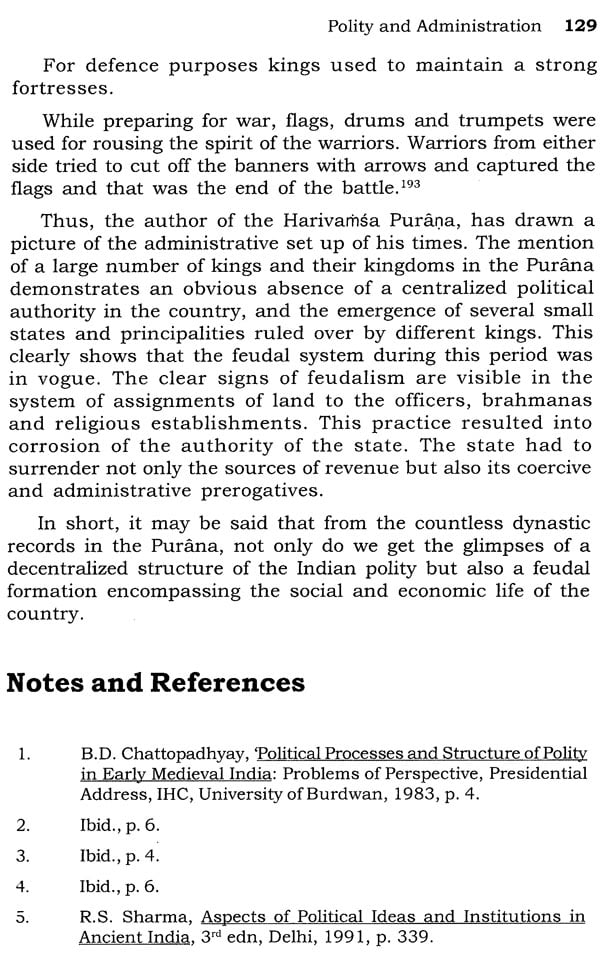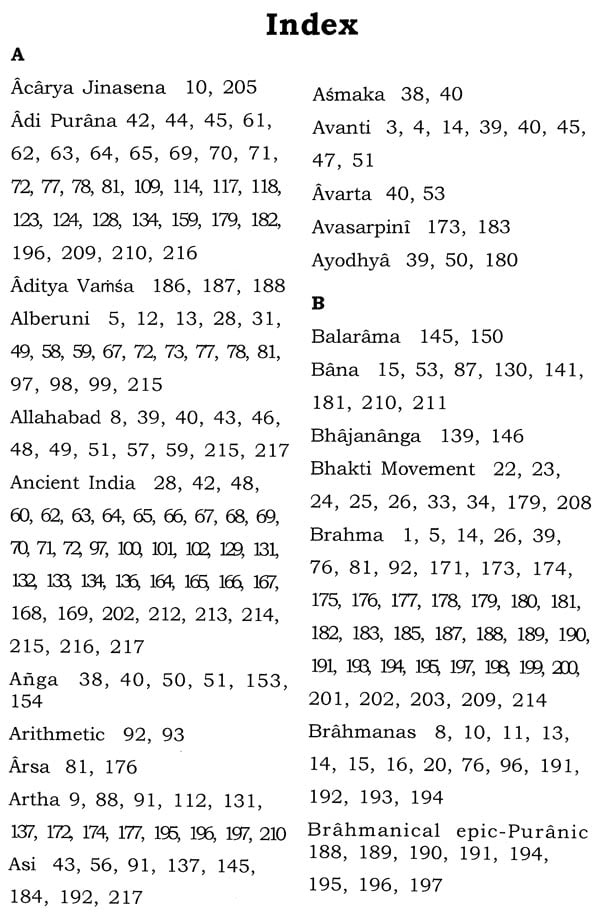
A Comprehensive Study of the Harivamsa Purana
Book Specification
| Item Code: | NAW423 |
| Author: | Devendra Kumar |
| Publisher: | Shivalik Prakashan |
| Language: | English |
| Edition: | 2020 |
| ISBN: | 9789387195851 |
| Pages: | 234 |
| Cover: | HARDCOVER |
| Other Details | 9.00 X 6.00 inch |
| Weight | 490 gm |
Book Description
The Jain monks whole-heartedly devoted to the study of religious scriptures and laid special emphasis on, a’stracleina. As a sequel to their ceaseless efforts for the composition and preservation of literary works, a vast literature was treasured in a tangible form of Srutabhanddras all over the country. Without clinging to any particular language they have enriched literature in Prakrit, Sanskrit, Apabhransha, old Rajasthan, old Hindi, Tamil, and Kannada etc. The Harivarh. A Purana by Acarya Jinasena, being one of the earliest Jain texts, is an excellent artistic and literary creation of the author. Spread over 66 chapters, containing nearly 12 thousand beautiful couplets, written in chaste and a rich rhetorical style of Sanskrit, the Purana is basically a religious text of the Jain faith possessing all necessary attributes of a Purana. While studying the Purina, the readers are occasionally overwhelmed by the fascinating use of graceful imageries and the fancies of the author whose deep observation and keen perception of the social life also bring them closer to the socio-economic, political and religous realities obtaining in the early medieval times of this great country.
The present study of the Harivarsa Purana, written by Acarya Jinasena in A.D. 783, is an attempt at relating it with the larger historical processes. The multi-faceted life-style of the people, so vividly depicted in the text has been juxtaposed to the wider tendencies obtainable in the pan-Indian context. Thus, while it is a micro-regional study, it enables us to focus on the macro trends as well. For a reader who is stimulated enough to know more, a select bibliography is appended. Some repetition and errors of facts or spellings may no doubt remain. I shall be delighted to receive from anyone the suggestions for corrections or improvements.
I was encouraged to write a book by Professor K.R. Sharma, Former Head, Department of East Asian Studies, and University of Delhi. I fail to assemble all my words while expressing reverence to him who not only advised me but guided also at every moment I needed. This humble study is but an inadequate expression of the high hopes and dreams of my father, the late Pandit Narayan Datt Upadhyay, a great scholar of Sanskrit. It is with great humility that I express my heartfelt gratitude to him. I am also grateful to my father-in-law, Professor S.B. Sharma, Ex-Dean, Faculty of Arts, Dayal Bagh Deemed University, Agra, who has been extremely helpful and encouraging from time to time.
This work would not have been possible but for the constant moral support and affection of the former Chairman of Governing Body, Ram Lal Anand College, Shri Brij Kishore Sharma and my elder brother Shri H.L. Upadhyay. I am very much beholden to them.
Finally, the co-operation of my wife Dr. (Mrs) Manju Sharma, Associate Professor in Bharati College, University of Delhi, along with my daughter Alankriti and son Alankar has proved a boon to me in achieving my aim. I am unable to fascinating decide in what manner I should express my gratitude to them the author who supported me all through this task with love, patience and good humour.
Book's Contents and Sample Pages

